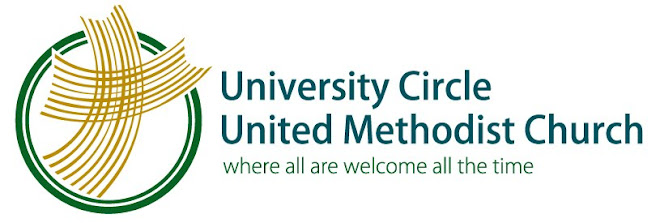Gabriel Urbain Fauré (12 May 1845– 4 November 1924) was a French composer, organist, pianist and teacher. He was one of the foremost French composers of his generation, and his musical style influenced many 20th century composers. Among his best-known works are his Nocturnes for piano, the songs "Après un rêve" and "Clair de lune" and his Requiem.
Born into a cultured but not unusually musical family, Fauré revealed his talent when he was a small boy. He was sent to a music college in Paris, where he was trained to be a church organist and choirmaster. Among his teachers was Camille Saint-Saëns, who became a life-long friend. In his early years, Fauré earned a modest living as an organist and teacher, leaving him little time for composition. When he became successful, holding the important posts of organist of the Église de la Madeleine and head of the Paris Conservatoire, he still lacked time for composing, retreating to the countryside in the summer holidays to concentrate on composition.
By his last years, Fauré was recognised in France as the leading French composer of his day. An unprecedented national musical tribute was held for him in Paris in 1922 headed by the President of the Republic. Fauré had many admirers in England, but his music, though known in other countries, took decades more to become widely accepted.
Gabriel Fauré composed his Requiem in D minor, Op. 48 between 1887 and 1890. This choral–orchestral setting of the Roman Catholic Mass for the Dead is the best known of his large works. The most famous movement is the soprano aria Pie Jesu.
The piece has a duration of about 35 minutes. It consists of seven movements:
I. Introït et Kyrie (D minor)
II. Offertoire (B minor)
III. Sanctus (E flat major)
IV. Pie Jesu (B flat major)
V. Agnus Dei et Lux Aeterna (F major)
VI. Libera me (D minor)
VII. In Paradisum (D major)
"It has been said that my Requiem does not express the fear of death and someone has called it a lullaby of death. But it is thus that I see death: as a happy deliverance, an aspiration towards happiness above, rather than as a painful experience. The music of Gounod has been criticized for its overinclination towards human tenderness. But his nature predisposed him to feel this way: religious emotion took this form inside him. Is it not necessary to accept the artist's nature? As to my Requiem, perhaps I have also instinctively sought to escape from what is thought right and proper, after all the years of accompanying burial services on the organ! I know it all by heart. I wanted to write something different."1 - Gabriel Fauré
1Richard Bell. "Original score provides a clearer view of heaven." The Boston Globe. March 28, 1989: 25. Also cited at Notes on Fauré's Requiem by James Liu which states that "Fauré was interviewed by Louis Aguettant on July 12, 1902. [This quote] was originally published in Comoedia (1954, p. 6). The English translation is taken from Robert Orledge's biography.




No comments:
Post a Comment